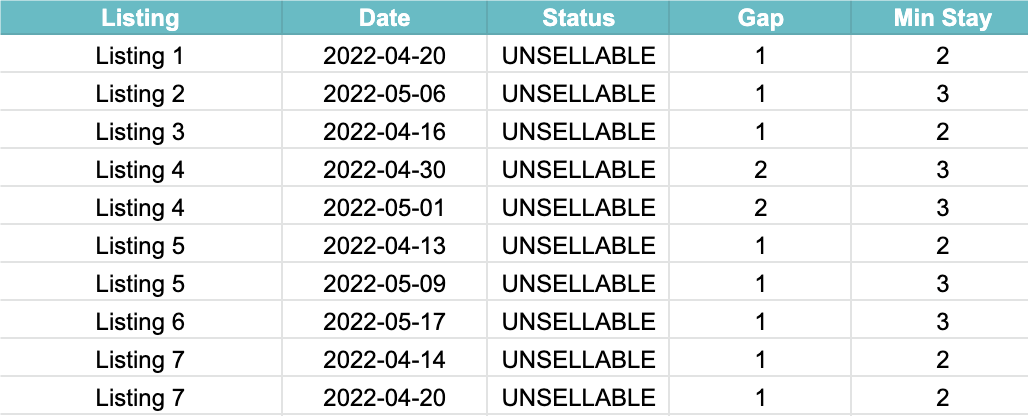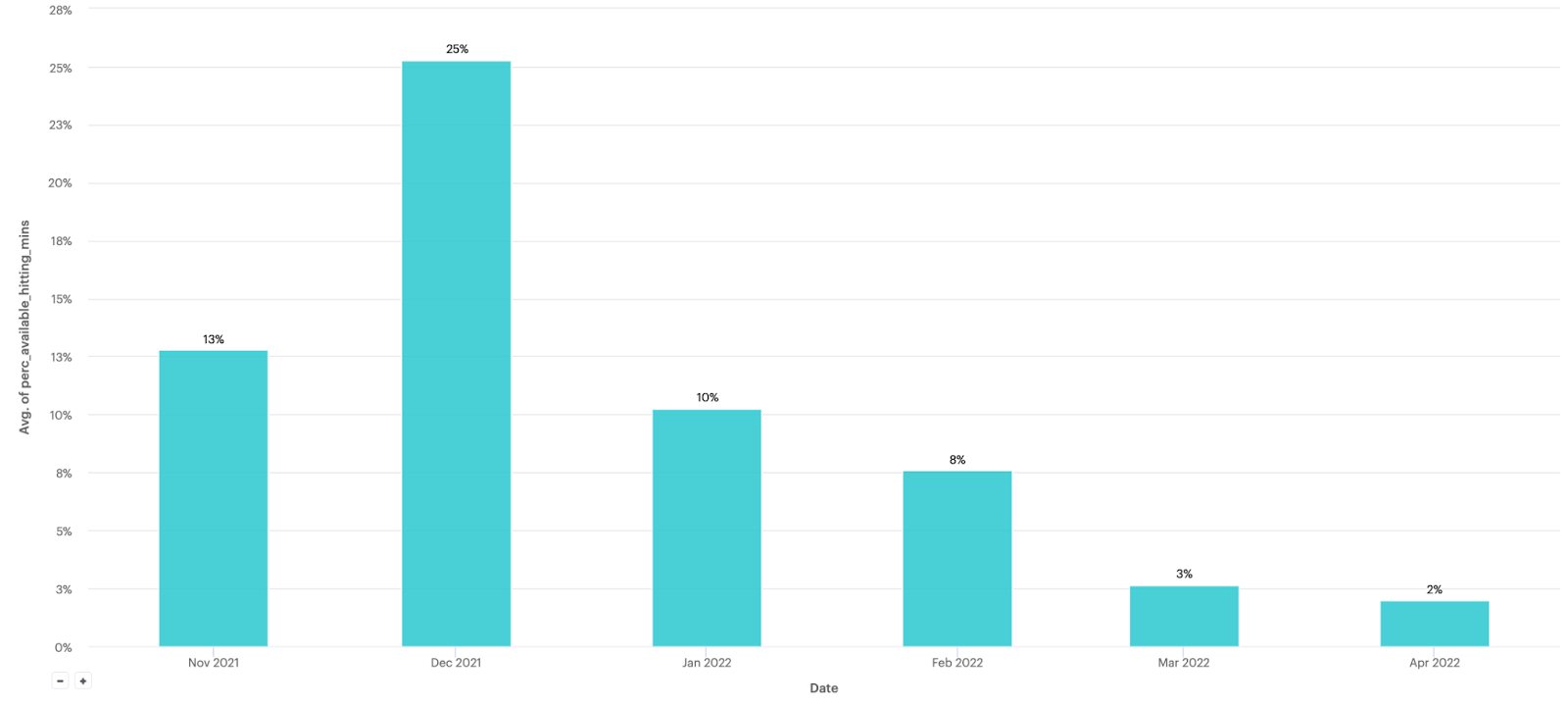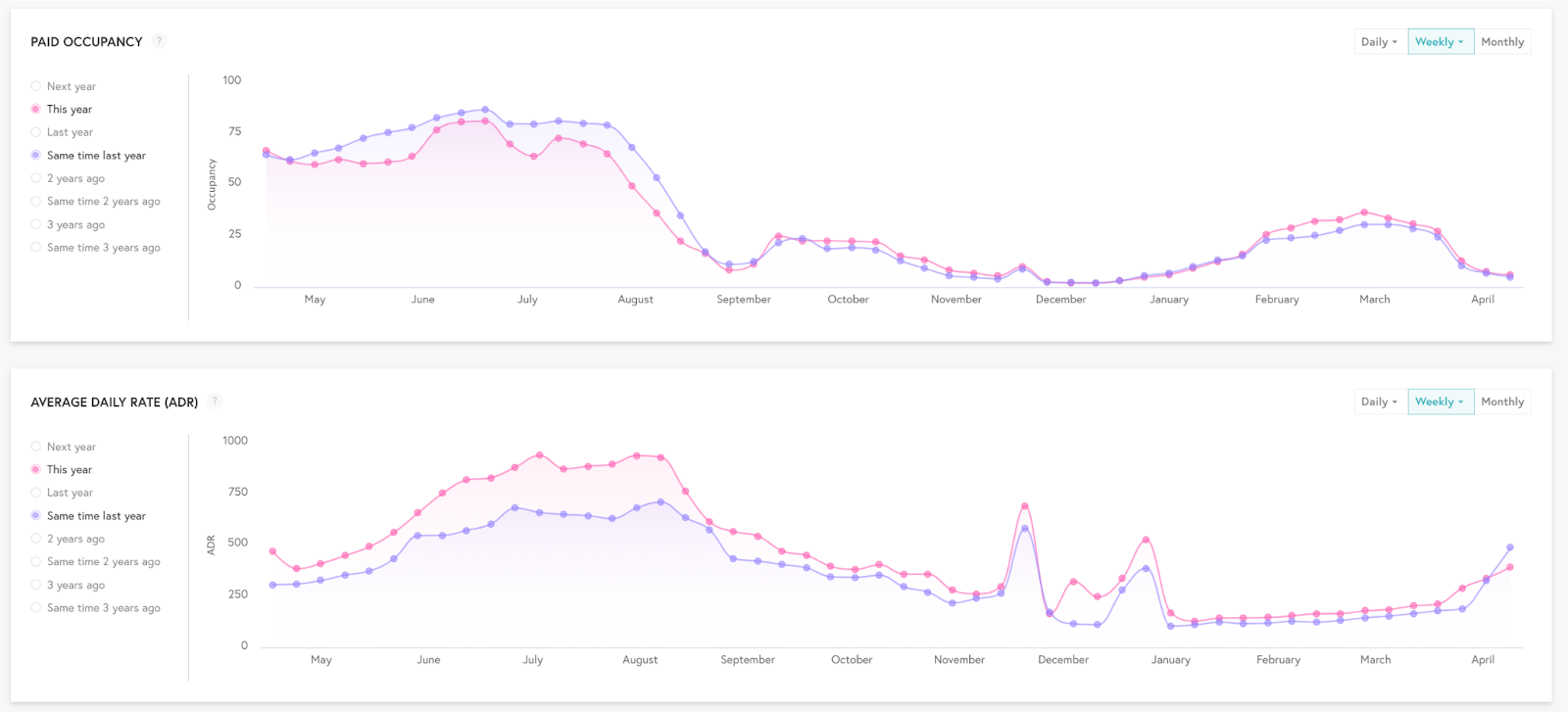How to Fix Your Vacation Rental Pricing: 7 Red Flags to Spot in Your Booking and Reservation Data
Jeffrey Breece
7/1/2022
Sponsored by Beyond
A cohesive revenue management strategy involves good communication of reports, key performance indicators (KPIs), and advanced metrics across all stakeholders and platforms. To help you build out your revenue management strategy, I have identified a few red flags that I spot in the booking and reservation data. Spotting these red flags can help you immediately course-correct your pricing and revenue management.
1. Minimum Stays Not Aligned to the Market
Pricing and availability go together. Even if your pricing is set to dynamically match market demand, you are still typically setting your minimum stays. It’s important to monitor your forward-looking occupancy for any drop-offs, especially when they are in sync with optimistic minimum stays. While your seven-day minimum stays may be in market alignment in peak summer, expanding them over Labor Day weekend may be causing you to miss out on the majority of travelers.

2. A Long List of “Unsellable Days” (And No Reaching Out)
Some days just cannot be sold to guests, whether it’s due to maintenance, deep cleaning, etc. These nights do cause lost revenue, so it’s important to check that these nights are intentional. Review them to ensure that your minimum stay and gap-filling policies are working as intended. If they are truly not bookable to new guests, then check with booked guests on either side to see if they will extend their stay.

3. A High Percentage of Reservations from Last-Minute Discounts
Last-minute discounts (LMDs) are a great feature, but they should not make up your entire strategy. Using LMDs to pick up last-minute occupancy can help boost revenue, but be careful not to discount your peak booking window or underprice bookings you would have gotten without a discount.
Address this by setting up LMDs by lead time in your market, bedroom size, and time of year. This will help ensure you aren’t undercharging for peak nights.

4. A High Percentage of Unbooked Days at Minimum Price
Setting a minimum price can cause a lot of friction between property managers and vacation rental owners. During low season, property managers want low prices if it means getting people in the door, while owners still want to ensure guests meet their standards and pay a premium. Finding the balance is tricky. Educate your owners on how to extend their high season by not overpricing low and shoulder seasons. They will thank you when it’s time to pay their mortgage.

5. Missing Markups (and Profits) on Booking Channels
Understanding profitability of a booking can be difficult when different channels come with different fees, rates, and payouts. Property managers are accustomed to marking up prices on online travel agencies (OTAs) with high booking fees but may be missing opportunities to offset other costs and maximize profitability. Use dynamic markups to increase or nullify fees across OTAs and consider adding a small service fee to direct bookings to offset those costs, while still encouraging travelers to book through your most profitable channel.

6. Occupancy and Average Daily Rate (ADR) Move in Opposite Directions
We all want higher rates and occupancy. While 2021 proved we can have it all, this may not always be the case, and we may have to give one or the other up to maximize total revenue. Good revenue managers will keep an eye on forward occupancy and ADRs looking for deviations that suggest a misalignment in their rates to what the market will bear. If rates are up but occupancy is down, or vice versa, you aren’t adjusting your prices enough to react to the market.

7. Drastic Bookings Pace Change Day Over Day
Most revenue managers watch bookings pace like a hawk. Spending a few minutes every day on the number of reservations that came in the previous day (and week) is imperative to pick up on any issues. This practice will show you how you are pacing compared to last year, and doing this in-depth can be a red flag to show you what listings are over/under pacing or alert you to any issues with channels or websites if bookings through them just suddenly stop.

Ready to put these tips into action? Check out our guide to running more profitable pricing meetings.
Jeffrey Breece
Jeffrey Breece is the revenue analytics and pricing manager at Beyond.